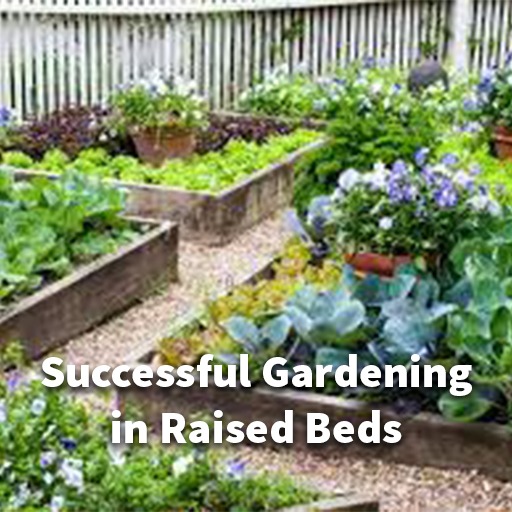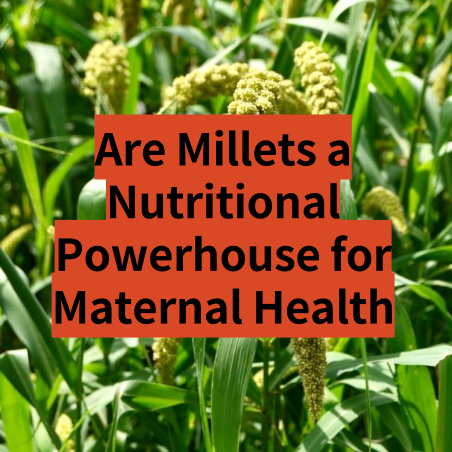Gardening in raised beds is wonderful, which allows you to grow better food in much less space, customize the soil to the specific needs, and reduce the amount of space available for weeds to grow wild. In addition, the soil in a raised bed produces heat faster in the spring than soil in an in-ground raised bed, allowing you to start growing sooner. Raised beds, when combined with low tubes, help to extend the growing season in winters.
Here are some easy steps you can follow Gardening in Raised Beds:
1. Choose a Place:
Gardening in raised beds can be placed almost anywhere in the backyard, including alongside a road, if you follow a few simple rules. Plants require a lot of daylight, so find a location that receives direct sunlight for the majority of the day. Choose a location that is partially shielded from the wind, such as by surrounding trees, a high fence, or a structure, as powerful winds might harm delicate plants. While you will need a place with quick access to clean water, avoid placing the raised bed in an area where rainwater falls.

2. Dimensions of Beds:
A raised gardening bed’s height is important for 2 purposes. Firstly, it increases the soil level to a point where it is simpler to manage the plants without stooping. Second, a raised bed, which is effectively a huge planter, is filled with lightweight “fluffy” soil that is superior to standard garden soil, allowing plants to develop faster and better. Though there are no definite guidelines about the height of a raised garden bed, most typically between 10 and 18 inches off the ground. You can make the bed any length you choose, but several gardeners find 4 to 5 feet to be the most maintainable.
3. Materials for Raised Beds:
Rot and water-resistant materials are used to make raised garden beds. Rot-resistant external woods such as cedar, black locust, and redwood, as well as landscaping blocks, maintaining wall blocks, and landscape timbers.
4. Use Best Soil:
It will be difficult to establish a thriving garden on the land if the soil in the location is naturally high in the sand. Gardening in Raised beds are loaded with a better soil mixture ideally. You can also use professional potting soil designated specifically for producing fruits and veggies to fill the raised bed.

5. Arrange Plants:
Organize your planting design so that the largest plants, including corn, grows along the raised bed’s midline. Grow medium-height plants on both sides, such as peppers. Next, plant the smallest plants at the edges of the bed, such as radish and turnips. You may simply reach every plant from either end of the raised bed in this technique.
6. Mulch your Raised Bed:
The rich, soft soil in a raised bed is ideal for root growth, but it will dry out if exposed to air. Mulch a covering of organic matter including shredded dry leaves, hardwood chips, or sawdust should be put over the soil to avoid overheating and minimize drainage while also preventing the germination of weed seeds. Layer mulch about two-inch and lightly push it down for best effects.
7. Water your Raised Bed:
Instead of utilizing a sprayer, which wets the leaves, water plants at the root. Fungal infections on leaf spots, which may wipe out a whole tomato crop, are increased by wet leaves. Consider wrapping a soaking hose all-around the roots of the flower loosely. Use a drip irrigation system, which includes plastic irrigation parts and can be customized to supply water where it is most required at the ground surface.

8. Fertilizers:
Plant roots rapidly spread in a raised bed because the soil is softer than in a normal garden, allowing them to absorb the minerals they require for healthy growth. Apply a granular gardening fertilizer with a time-release whenever you start planting.
Conclusion
When summer time comes to an end and the plants stop producing, it is time to start thinking about replanting the raised garden bed. This procedure will add natural nitrogen to the plants and maintain it over the winter, so you’ll be ready to plant again next spring with no effort. Eliminate all dead plants and roots from the bed and apply 1 inch of organic compost to the soil’s base. 3 to 4 inches of organic mulch should be applied to the soil. Throughout the wintertime, the composting and mulching will decompose, providing critical nutrients to the raised bed garden and providing a large production next year.For more details visit us.












